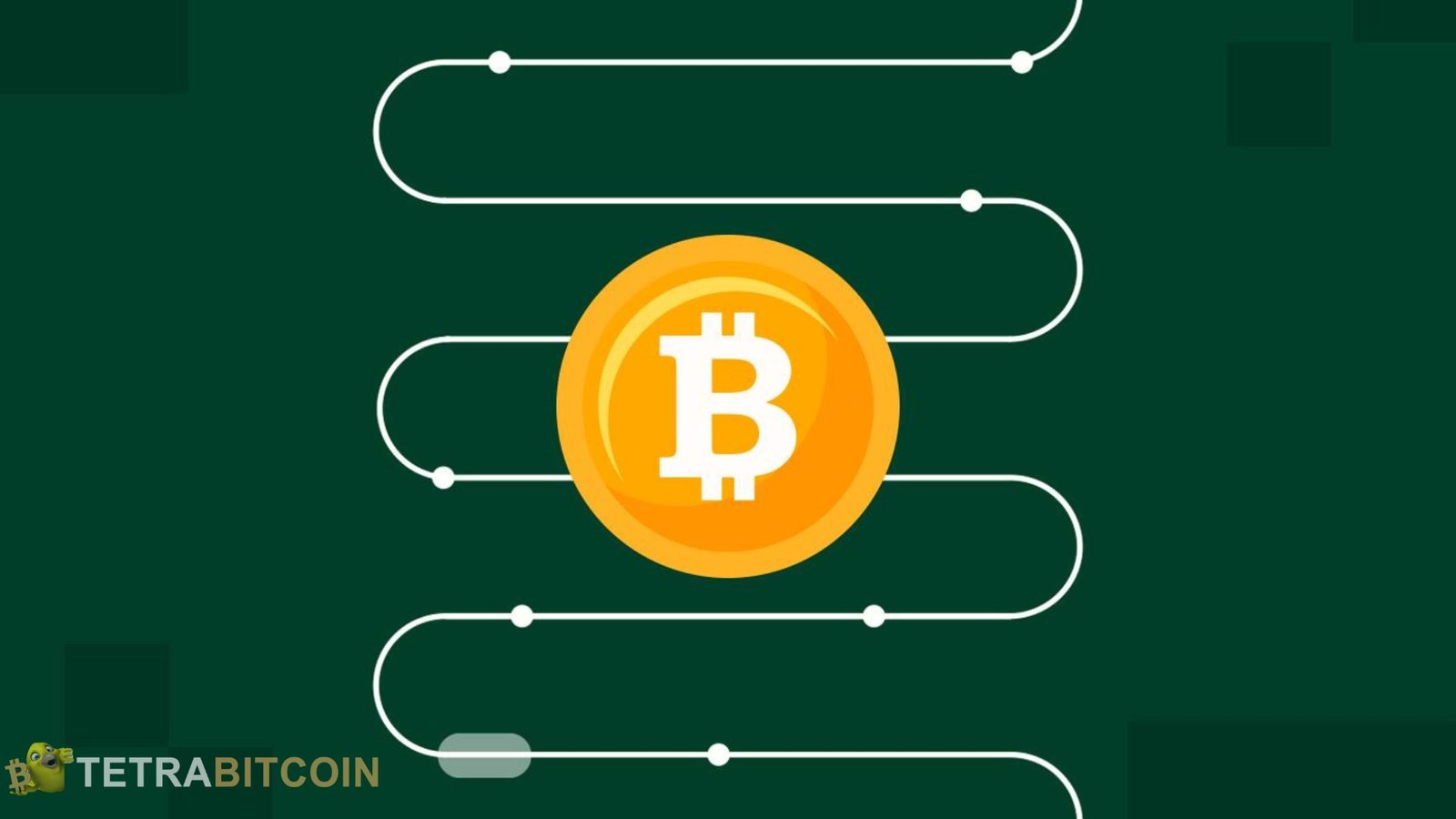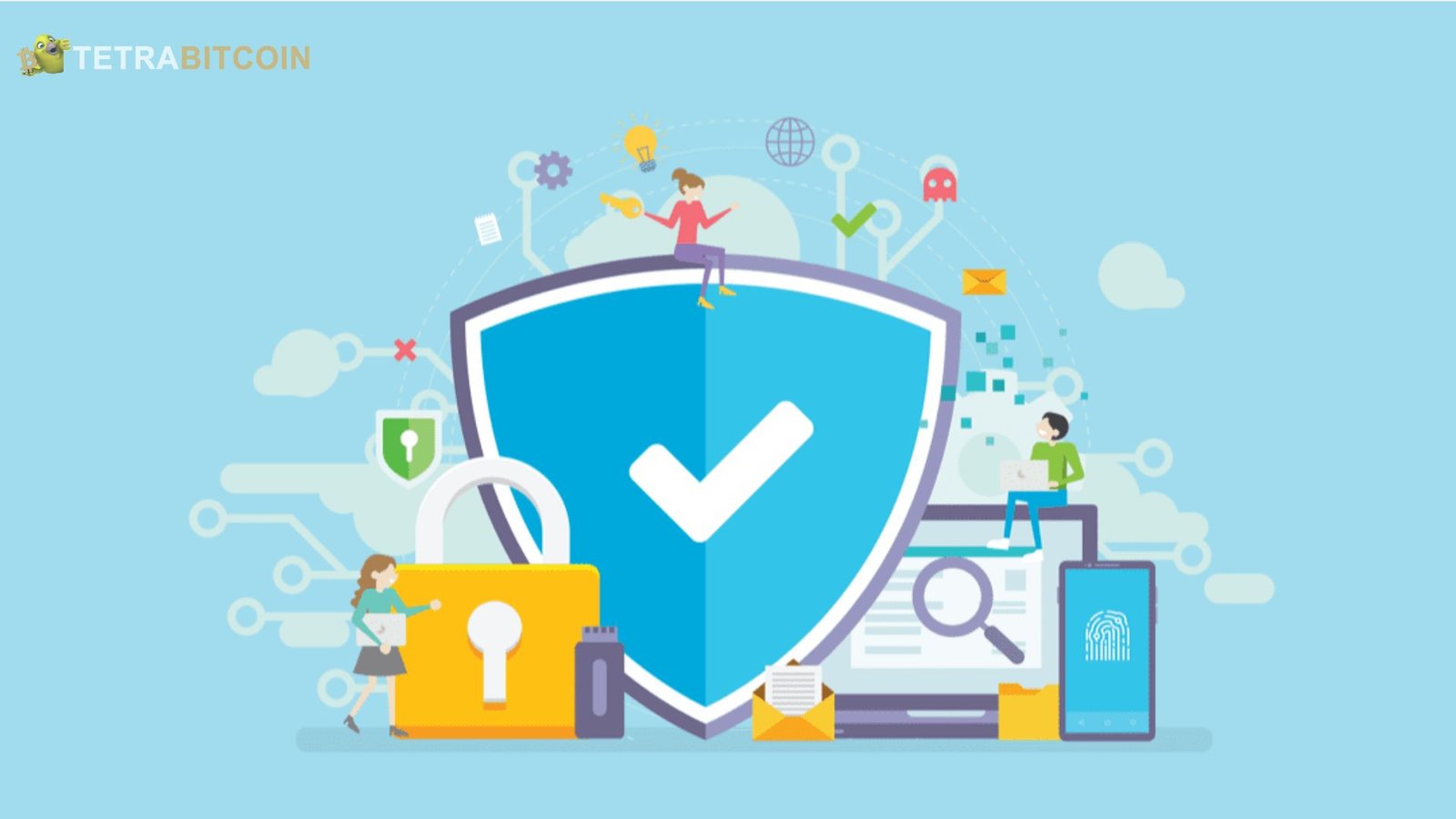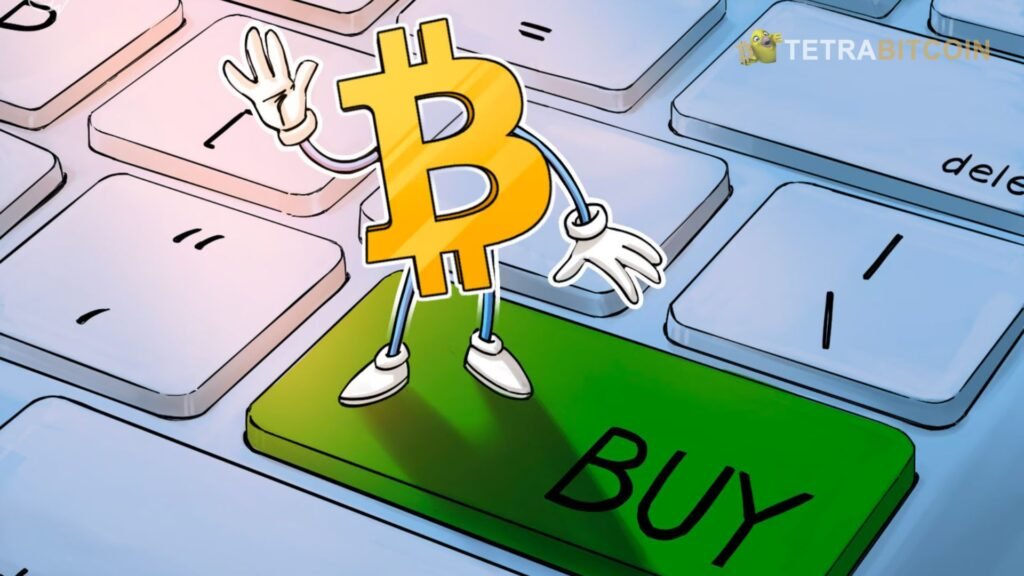Many people in today’s digital world are investing in Bitcoin (BTC). With this guide’s streamlined steps, you’ll navigate the Bitcoin world effortlessly. Anyone using cryptocurrency, whether just starting or hoping to diversify their holdings, must be familiar with the process of purchasing Bitcoin.
Among the many names given to decentralized digital assets, Bitcoin stands head and shoulders above the crowd. Users often buy Bitcoin, expecting its value to rise over time. Buying Bitcoin gives you access to a decentralized asset that can be traded and held with the potential for gains and hazards, apart from central banks’ control.
Understanding Cryptocurrencies
Digital currencies that use blockchain technology to guarantee transactions are called cryptocurrencies. Bitcoin is one example. Because it is decentralized, users can deal directly with one another, cutting out intermediaries and creating a more personal connection between consumers. Learning the ropes of cryptocurrency will allow you to buy or invest in digital assets like Bitcoin confidently.
Key Terms in Bitcoin Purchase
To be a great trader, you need to learn the vocabulary of Bitcoin purchasing. Terms such as wallet, transaction, and exchange emphasize purchasing and holding Bitcoin. Familiarity with fees, payment methods, and the distinctions between cold and hot wallets is essential to improve your capacity to manage your Bitcoin market assets safely.
Ways to Buy Bitcoin

Buying BTC with a Credit Card
Using a credit card to purchase Bitcoin is a convenient option. You may buy Bitcoin instantaneously with your credit card on many platforms, including Kraken and Binance. You may rest assured that this approach is secure and fast when transacting. Nevertheless, it would be best to remember that different exchanges may impose different fees on credit card purchases.
Using a Debit Card for Bitcoin Purchase
One more simple alternative is to use a debit card to buy Bitcoin. This technique is a convenient way to fund your Bitcoin wallet. It works similarly to credit card transactions and allows users to buy BTC directly from their bank account. However, choosing a trustworthy cryptocurrency exchange that accepts debit card payments and protects customer privacy is critical.
Bank Transfer Options
A more conventional way to purchase Bitcoin is through a bank transfer, which typically costs less than a credit or debit card. After users fill out their cryptocurrency exchange accounts, they can buy Bitcoin. Investing in Bitcoin via this technique is safer than utilizing third-party payment processors, although transactions may take longer.
Choosing a Secure Platform
Overview of Binance and Kraken
Picking the correct platform is critical when purchasing Bitcoin (BTC). Two of the most trustworthy cryptocurrency exchanges in the world are Binance and Kraken. Kraken is well-known for its excellent security measures and straightforward user interface, whereas Binance is well-known for its wide variety of coins and trading pairs. Using either platform’s possibilities for purchasing and selling, BTC can meet various investing strategies.
Comparing Fees and Features
When you acquire Bitcoin, the fees can cut into your investment. Regular traders are drawn to Binance because of its extensive feature set and lower trading fees. On the other hand, Kraken has a solid security architecture, but some transactions might incur greater costs. To get the most out of your investment and spend as little as possible on Bitcoin transactions, you must be familiar with the fee structures of each platform.
Ensuring Security in Your Transactions
Trading Bitcoin and other cryptocurrencies requires a high level of security. Kraken and Binance utilize advanced security procedures, like cold storage of cash and two-factor authentication. Users should also follow best practices, such as strong passwords and withdrawal allowlists. If you prioritize transaction security, you can confidently invest in the Bitcoin market.
Storing Your Bitcoin Safely
Hot Wallet vs Cold Wallet
Knowing the distinction between cold and hot wallets is critical when storing Bitcoin. Because they are always online, hot wallets are great for making quick purchases. Nevertheless, the danger of hacking is greater with them. On the other hand, cold wallets are offline storage solutions that better protect assets held over an extended period. Your investing strategy and trading habits will determine which wallet type is best for you.
Setting Up a Bitcoin Wallet
A Bitcoin wallet must be set up before any cryptocurrency assets can be managed. Software, hardware, and paper wallets are just a few available options. Accessibility and security are two of each approach’s many advantages and disadvantages. Choose a wallet that works for you and your needs; be sure it can hold Bitcoin and any other cryptocurrency you might be interested in.
Best Practices for Wallet Security
Following recommended practices is critical to protecting your Bitcoin wallet. Protect your recovery phrases and make regular backups of your wallet. Wallet software should be updated regularly, and strong, unique passwords should be used. Another option to consider for investments with a longer time horizon is cold storage. Adhering to these rules can ensure the security of your digital assets and bitcoin holdings.
Investing in Bitcoin

Assessing the Worth of Bitcoin
Determining Bitcoin’s value is essential before purchasing it. Several factors impact the price of Bitcoin, including supply and demand, new technologies, and world events. Investors frequently look at past price trends and market sentiment to predict how much something could be worth. Anyone planning to store Bitcoin for the long haul or swap it for other cryptocurrencies would do well to familiarize themselves with the complexities of its valuation.
Long-Term vs Short-Term Investment Strategies
An important part of trading Bitcoin is deciding between long-term and short-term tactics. Those in it for the long haul usually purchase Bitcoin, hoping its value will skyrocket over time, protecting them from short-term price swings. Trading Bitcoin (BTC) based on market trends is a common strategy for short-term traders looking to profit from price changes. The ideal way to buy Bitcoin depends on your investment goals, so know them.
Potential Risks and Rewards
Every investor should carefully weigh the benefits and drawbacks of investing in Bitcoin. Due to its extreme volatility, the Bitcoin market can experience extremely large gains or losses. Changes in regulations or security breaches could also affect your investment. Nevertheless, Bitcoin’s diversification benefits and the possibility of large profits attract many users, making it a desirable asset for novice and experienced investors.
Buying and Selling Bitcoin
How to Sell Bitcoin Effectively
People looking to sell Bitcoin should think about several platforms and techniques. The success of any Bitcoin transaction depends on your choice of trustworthy exchange, such as Binance or Kraken. Be sure you fully grasp the pricing structure before proceeding, as platform-specific rates differ greatly. It’s important to know when to sell to maximize earnings, especially in a dynamic market where values change quickly.
Read More: How to Open a Bitcoin Account in 2024 Create Your BTC Wallet
Trading BTC for Other Cryptocurrencies
Many people diversify their portfolios by trading Bitcoin for other cryptocurrencies. Trading pairs are available on several exchanges, allowing users to convert Bitcoin to Ethereum and Dogecoin, among other digital assets. Trading successfully requires knowledge of market trends and the potential of various cryptocurrencies. By spreading your cryptocurrency holdings elsewhere, you can increase your investing prospects and decrease your exposure to any one cryptocurrency’s volatility.
Understanding Market Trends
Knowing market trends is essential to successfully navigating the Bitcoin landscape. You may learn much about Bitcoin’s performance by looking at its price history, trading volumes, and general market mood. When trading Bitcoin, consumers can benefit from using tools like charts and technical analysis to make informed decisions. Investors can do better in an ever-changing market if they keep up with the latest news and trends.

